Fragrant dracaena: growing at home
Dracaena is often called the tree of happiness and the patron saint of lovers. According to an ancient legend, this exotic plant appeared as proof of the depth of feelings of a young Aztec warrior for his chosen one - the daughter of the high priest. The girl's cruel father put the poor lover in front of a choice: grow leaves on a dry stick in 5 days and get a beautiful wife, or be executed. The power of love helped the young man transform the withered trunk into a tree with bright green leaves and fragrant flowers. Since then, dracaena has brought peace, harmony and harmony to every home.
What is a plant
The fragrant dracaena comes to us from Central Africa. This is a perennial shrub of the asparagus family, which in nature can reach very large sizes - up to 6 meters in height. The shape is very reminiscent of a palm tree: a straight tree-like trunk and a crown, consisting of large, dense, alternately growing leaves, flowing like a fountain.
At home, the plant has slightly different characteristics.
- The height does not exceed 2 meters.
- The trunk is rather narrow, straight and lignified.
- Leaves are oblong, slightly pointed, dark green with contrasting veins or spots. A green cap is formed at the top of the trunk. The bottom row turns yellow and falls off as it grows.
- The roots are smooth and even, with a tinge of rust.
- Flowering is a rather rare occurrence, it can occur after 8-10 years of growth. In shape, the flowers resemble fluffy white balls, planted on a long peduncle. It is interesting that they open most often at night, and during the day they roll up into thin petals-tubes.
- At the end of the flowering period, the seed ripens - the drupe.
The aroma of blooming dracaena is very subtle and pleasant. Many breeders of the plant describe it as a bouquet of spring scents with delicate notes of jasmine, lily of the valley and lilac.
Advice
Dracaena brings not only beauty to the house, but also tangible benefits: it is an excellent filter capable of 70% purifying the indoor air from harmful toxic substances, including benzene.
Varieties of fragrant dracaena
The unusually fragrant flowers of fragrant dracaena gave her a second very beautiful name - Dracaena Fragrans. Translated from English fragrans means "aroma", "fragrance". Florists love this plant very much and are happy to grow it at home.
The most popular types of dracaena are the following.
- Compact - a small graceful plant with dark green leaves without stripes. Due to its stylish appearance and shade tolerance, it is often used in offices to decorate shelves and shelves.
- Massangeana - grows up to 1.5 m, very similar to a palm tree. A distinctive feature is wide yellow stripes.
- Victoria - a lush waterfall of dense falling leaves is decorated with wide golden stripes along the edges.
- Korn Plath - this blooming dracaena is especially good: in nature, the inflorescence reaches enormous sizes, consists of tubular flowers of an unusual lilac color.
In total, there are about 150 species of these exotic plants in the world, only 40 of them are grown at home.
Growing conditions
In general, the fragrant dracaena is unassuming, and even a novice gardener can take care of it. But for healthy growth, she needs to create comfortable conditions.
- Do not forget that the hot African climate is natural for the plant, therefore the temperature is 19-250 C will be the most optimal for growing. Cold air (below 140 C) is destructive for dracaena.
- A well-lit place is best, but direct sunlight should be avoided - they provoke burns and discoloration of the leaves.
- In the warm season, the plant should be taken out into fresh air, reliably sheltered from the draft.
- The humidity should be high enough - about 60%, otherwise the tips of the leaves will begin to dry out and curl up. To do this, several times a day you need to spray the plant with a spray bottle and wipe the leaves. In winter, these procedures should be reduced to 1 time per week.
Advice
You can restore the aesthetic appearance of a plant with dried leaves by cutting off the darkened edges with scissors. Don't worry - it won't harm the dracaena leaves.
Pot and soil
Choosing a pot for a tree of happiness is a whole science. Too small will slow down the growth and development of the plant: due to the overgrown root system, very little soil will remain in the pot. This means that the flower will not receive the required amount of nutrients and minerals. Water will stagnate in a large pot, which sooner or later will lead to decay of the roots. Therefore, when purchasing a dracaena pot, first of all, consider the following parameters.
- Its size: it should be high (2-3 centimeters longer than the length of the root system) and not too wide to prevent acidification of the soil around the edges of the pot.
- Drainage system: there must be holes at the bottom of the pot, which will ensure the outflow of excess moisture and protect the roots of the plant from decay.
- Resistant, whether it is a plastic or ceramic pot.
Now it remains to fill the pot with suitable soil. To do this, it is necessary to make a melange from compost, deciduous, turf soil, clean sand and peat taken in equal proportions.
Advice
It would be useful to add charcoal to this mixture - it will protect the roots of plants from fungus and mold.
Dracaena grows well in a special soil for decorative deciduous trees, bought in a store. The only condition is to add clean sand (1: 1) to it.
Watering and feeding
The main reason for the death of African plants is considered to be a violation of irrigation technology. Many people forget that dracaena came to us from an arid climate and tolerates drying out of the soil much more easily than excess moisture. Therefore, watering must meet a number of requirements:
- be regular and moderate;
- carried out as the earthen layer dries in a pot by 2 - 5 centimeters;
- in warm weather, watered once a week, and in winter - 2 times a month;
Watering can be top, along the edge of the pot, or bottom - from the pan.
Advice
You need to water the fragrant dracaena only with settled or boiled water at room temperature. Systematic soil loosening will improve the access of moisture to the roots.
Top dressing is an essential part of caring for this plant. The fact is that the roots of the dracaena grow so much that the soil remaining in the pot is not able to feed the flower. Therefore, fertilizers are vital.
- It is worth applying fertilizers constantly, in the summer - once every 2 weeks, in the winter - once a month.
- For feeding, both mineral and organic fertilizers are used.
- Organic (liquid, granules, mullein) are applied to the soil only once, maximum twice per season.
- In the store, you should opt for fertilizers intended for ornamental deciduous plants.
- Liquid or powdery - diluted with water according to the attached instructions, fertilizer in the form of sticks - stuck into moist soil.
Many housewives use the water in which they washed the meat to feed the plant. This method is very effective, but it has one big drawback - a bad smell. Therefore, after processing, the pot is best removed to fresh air. This procedure should be carried out no more than once every 2 months.
Reproduction methods
There are three main ways of breeding dracaena fragrances.
- Cuttings - for this, the top of the process is cut off evenly or obliquely so that 3-5 leaves remain on it. Root it in water or a special substrate consisting of sand, perlite, hydrogel and earth for palms and cacti.
Advice
A tablet of activated charcoal added to the water where the cutting takes root will keep it fresh for a long time.
- Part of the stem. If the sections of the stem are treated with liquid paraffin, then it will be stored for a very long time. Once in the water, the seemingly dry trunk will give roots and release leaves.
- Air layering - for this, a layer of bark is cut off on the shoot, wrapped in sphagnum moss and plastic wrap. This design is maintained until the roots grow. Then the shoot is cut and planted.
Now all that remains is to be patient and wait: the fragrance grows rather slowly - only 10-15 centimeters per year, and it blooms very rarely at home.
Pruning
As the dracaena grows, the fragrant more and more resembles a palm tree and loses its decorative effect: old leaves dry and fall off, exposing the trunk.
How to prune a plant to rejuvenate it and make it more aesthetic?
- Cut off the top with 5-7 leaves.
- The upper part can be used as a rooting stalk.
- Cover the cut with plastic wrap and place in a warm place.
After about a month, young shoots will form at the cut site, the plant will become smaller in size, but more luxuriant and younger.
Diseases
If you buy the Dracaena from the store, try to choose a healthy plant. To do this, slowly inspect and assess its condition. The following signs should alert:
- wrinkled soft trunk;
- dry tops;
- colorless, yellow or brownish leaves;
- protruding roots with signs of decay;
- the smell of mold and dampness.
True, a plant can get sick while already at your home. Let's list the main problems faced by breeders of scented dracaena.
- Fluorotoxicity - leaves are covered with dark brown spots with yellow borders. The reason is an excess of fluorinated fertilizers. A conventional transplant into a new soil will help to overcome the problem.
- Leaf spot - This disease often affects young leaves. As a result, they become covered with reddish spots. They are treated with special formulations such as "Iprodion" or "Chlorothalonida", which are sold in flower shops.
- Sometimes dracaena leaves are covered with white or yellow spots. The reason is waterlogged soil and unsuitable conditions for keeping the plant.
- Soft rot, which can be identified by a specific odor coming from the roots. The reason may be a banal overflow. Remove old soil from the root system and replant.
Advice
If the plant has completely lost its leaves, do not rush to get rid of it - the trunk can remain healthy. Continue watering and spraying it. Soon he will give new shoots.
Pests
Often the cause of the death of a fragrance is pests. It is worth knowing the signs of their manifestation in order to eliminate the problem in time and provide effective assistance to the plant.
- Spider mite - a small insect that sucks juice from leaves and stems. In the process of vital activity, it secretes a secret similar to a thin spider web, entangling a plant with it. Treating ticks with insecticides and wiping the affected areas with a solution of warm soapy water will help to eliminate ticks.
- Shield - this parasite literally sticks to the plant, as it secretes a very sticky colorless secret. The leaves must be cleaned and treated with an alcohol solution.
- Aphid - you will determine its presence by yellowed, twisted and falling leaves. Insecticidal sprays will help fight the parasite.
- Thrips - look like a lot of black dots on leaves and flowers. Very tenacious. Sometimes the only remedy is to remove part of the plant along with the parasites that have occupied it.
Thanks to your attentive attitude, proper care, preventive measures, a miracle can happen - dracaena will release exotic flowers and enchant you with a fantastic scent.
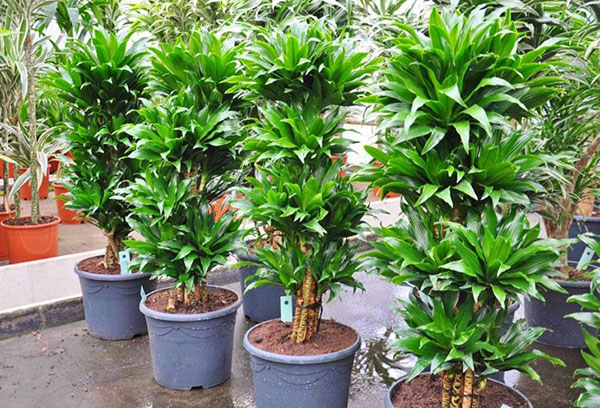
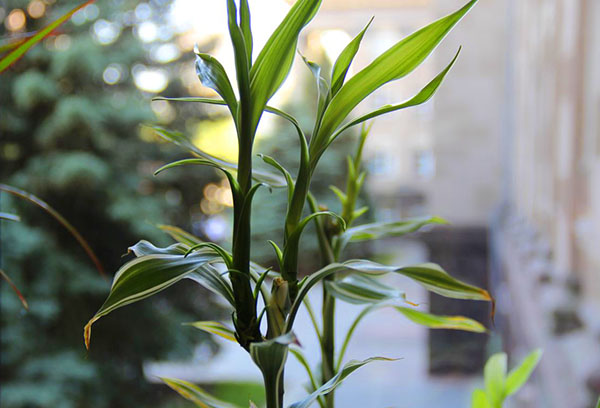
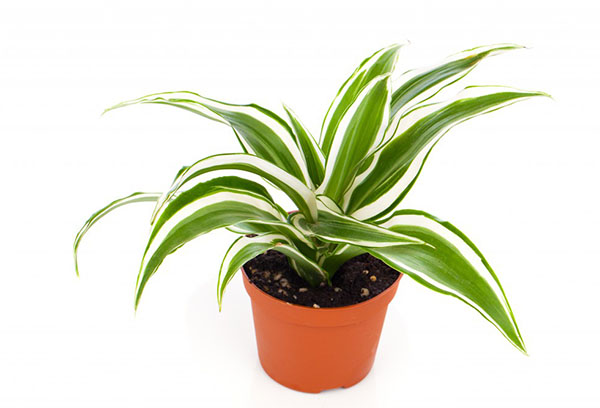
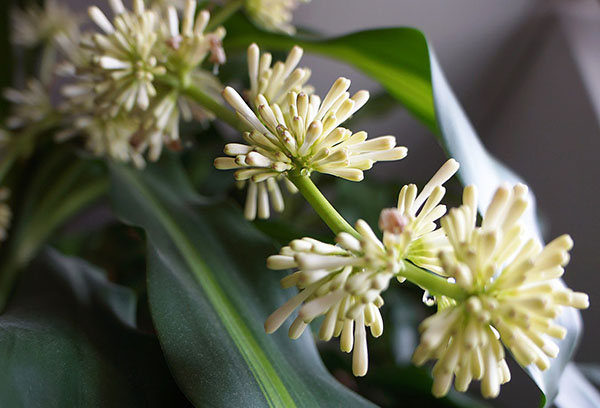
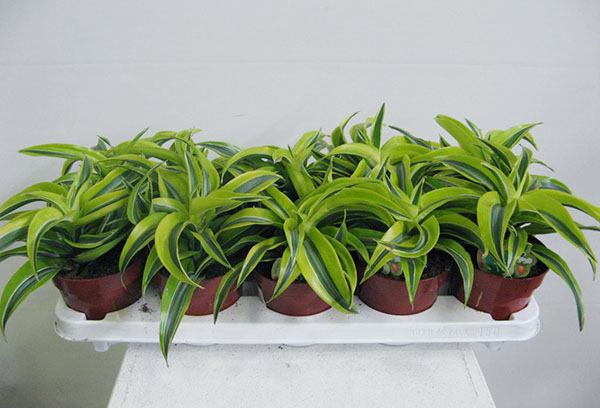
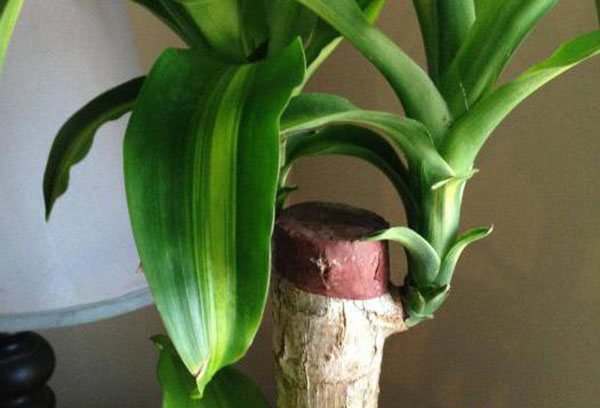
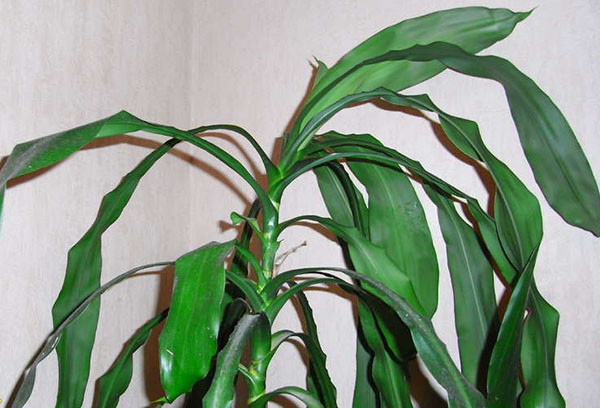
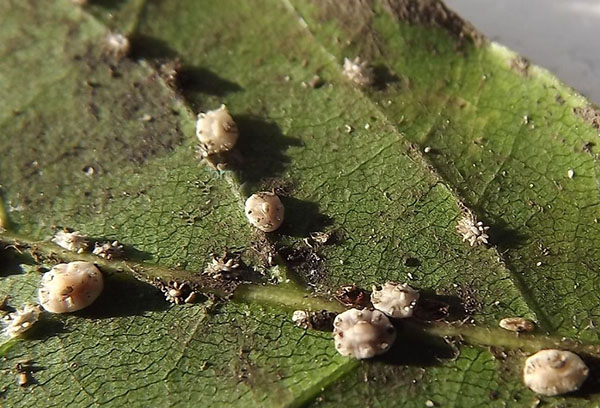
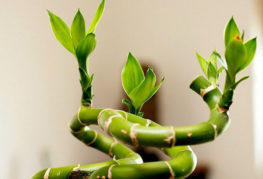
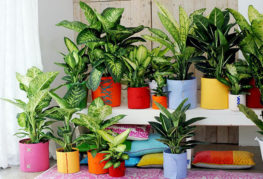
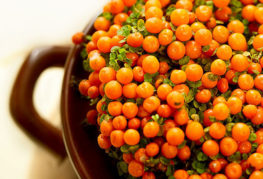
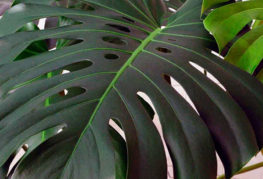
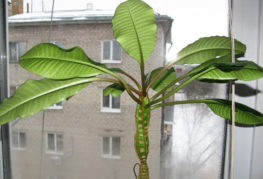
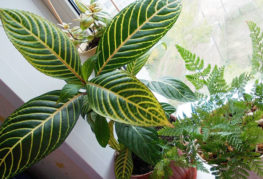
and will be published shortly.